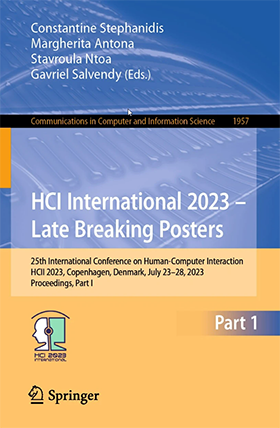Publikation
Fighting the Increasing Shortage of Qualified Personnel in the Formal and Informal Care Sector with the HEROES App: Co-creation and Design with Older Adults
Abstract
Europe is projected to face a shortage of 1.5 million informal caregivers by 2060, while the formal care sector will also experience shortages of qualified personnel. The share of older people (65 +) is expected to raise to 22% worldwide by 2050. Almost 90% felt health and social care systems should help older people stay in their homes longer. However, family support is declining, while the formal sector cannot fill this gap. In the care industry, trust is essential. Recruiting trustworthy caregivers is time-consuming and costly, while many private people lack experience. Recruitment support could be provided by experienced nurses and retired people looking for flexible work or financial stability.
The HEROES project aims to solve these challenges by facilitating remote recruitment with an app, allowing experienced nurses and retirees to review candidates online. This ensures quality matching between candidates and job offers, helping recruiters to find trustworthy caregivers. Using candidates’ video applications could make the recruitment process almost 25% faster and 90% cheaper.
To assure an inclusive and user-friendly solution, the HEROES app was developed with a user-centered approach, involving seniors, nurses, and families early on through co-creation iterations. This has proven especially valuable for vulnerable user groups, and in the health sector (e.g., 9–12). After each testing iteration, participants shared their findings in group discussions. Additionally, aspects of privacy and data protection, an important current challenge, as well as liability were considered by consulting experts from different fields.


